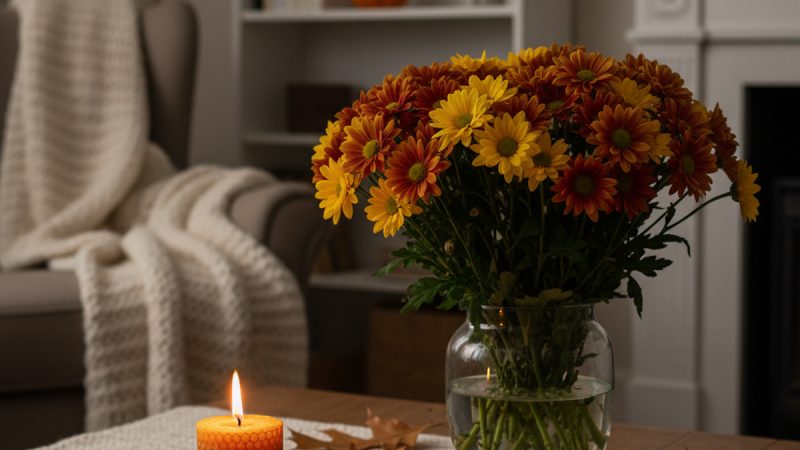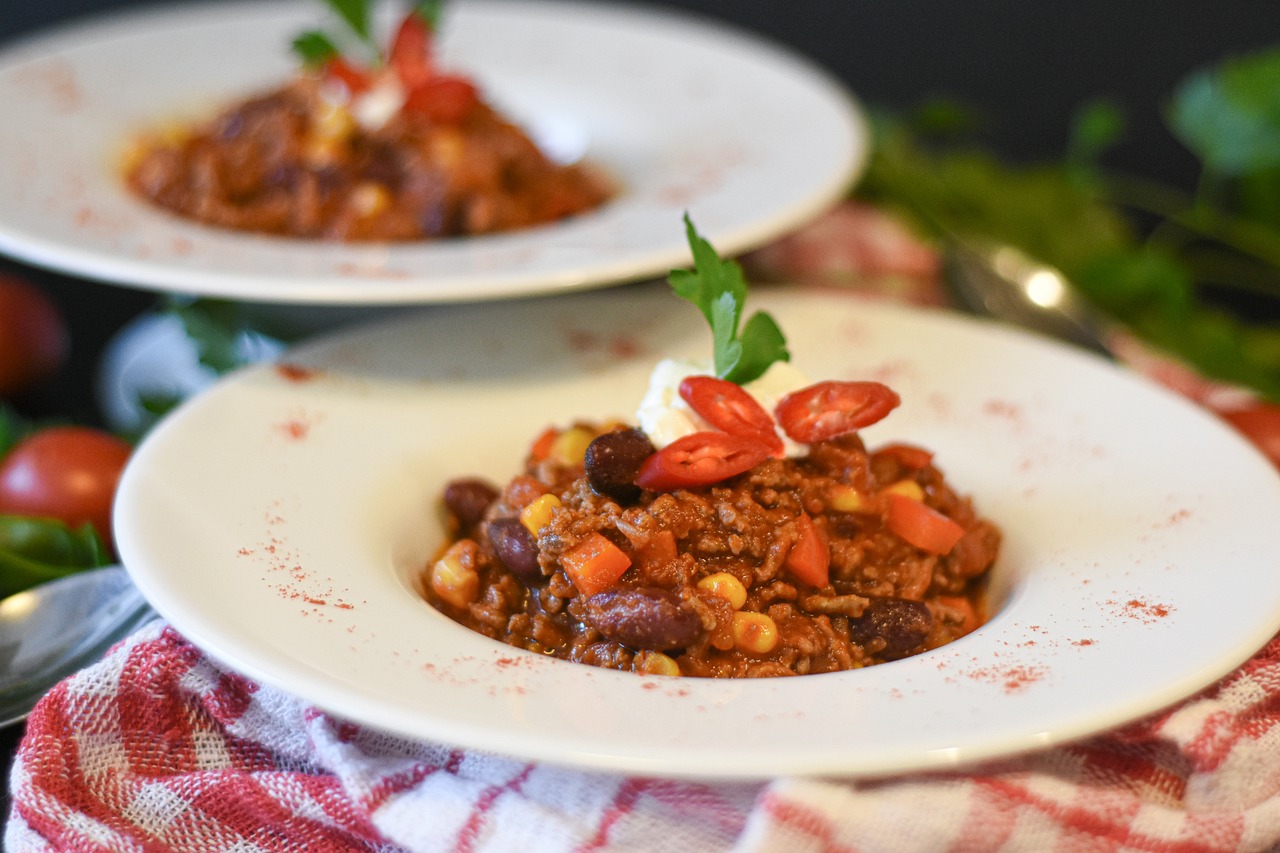Western Herbs – Herbs of The Southwest

One of the benefits of mankind’s tendency to explore new areas is that we find new herbal lore. These herbs may then be studied and turned into new medications or new food plants.
This is true of the exploration of the Southwest of the U.S. New foods and new medicinal herbs were discovered. Some of them are very useful and some of them are very deadly.
Anasazi Beans:
The Anasazi tribe were long gone from the scene when the first settlers spread into the Southwest, but they left some very interesting evidence of their stay. Cliff dwellings were carved out of the rock, and crops were planted in the thin soil. One such crop was a type of bean, which is still grown and sold. They are mottled red and white beans similar in taste and size to pintos.
California Poppy:
Related, yes…but not considered addictive. It was used to as a sedative and antispasmodic. The juice from the plant was put on a toothache, and those with headaches or anxiety found it useful. Care should be taken if you choose to use this plant. Don’t take it with other herbs or medications that can cause drowsiness.
Epazote:
This plant is still used in local cuisine, particularly in black bean dishes. Native uses for the plant included getting rid of intestinal parasites, asthma, gout, excess mucus and various other conditions. Studies are being done to see which of these may be accurate.
Ephedra:
This is one of the deadly ones, and has been banned because of it. This herb contains epinephrine, which is great…if you’re a doctor. It sets off the body’s fight or flight reaction, and can cause heart attacks, strokes and interfere with several medications.
Mesquite:
Most of us instantly picture a barbecue and the flavors this aromatic wood can imbue into our food. However, at one point in time, it was (and in some places still is) used as food. The food is not from the wood, but the bean pods, which are ground and used to make breads, wine and jelly.
Tobacco:
This relative of deadly nightshade is a native of Mexico, South American and the U.S. Southwest. Like ephedra, it’s deadly to those who use it. It did have one purpose; until inhalers were invented, tobacco was one of the treatments for asthma.
Yerba Mansa:
This herb isn’t well known, but that could change. Like echinacea, it seems to improve the immune system. Studies are ongoing, but it looks promising. The only problem is that the plant is on the “to-watch” list because it’s habitat is threatened.
The Author:
Mary Bodel has been a master herbalist since 2004 although my training began long before I reached that level. I believe that health encompasses more than taking care of our bodies. It involves everything from what we eat to what we read.








